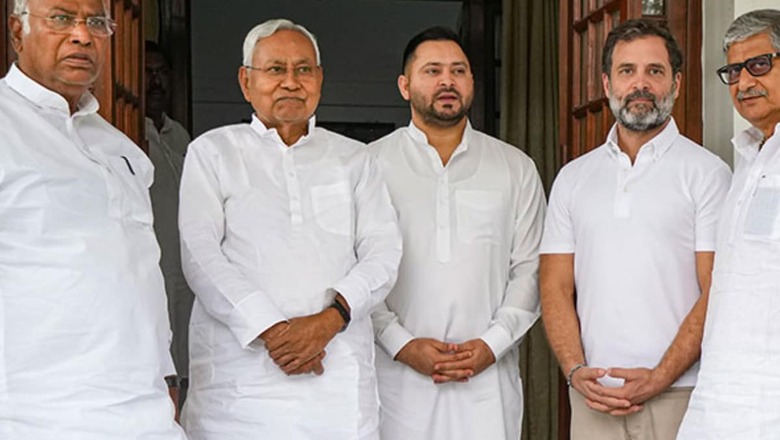
views
Seven months down the line, the INDIA bloc of anti-BJP political parties in India looks to unwind. The first meeting of the alliance was held in Patna. Hosted by Nitish Kumar on June 23, 2023, 15 parties from across India decided to contest together the 2024 Lok Sabha elections. The bloc increased to 26 parties during its second meeting in Bengaluru, on July 18, when its collective name INDIA was announced.
Now, 219 days after the first meeting and 194 days after its name announcement, Nitish Kumar, the first leader to mobilise rival parties across India for an anti-BJP front and one of the key architects, has decided to move out of it, criticising it as non-event entity. The move or a possible final death knell has come immediately after recent significant blows.
Its two biggest partners — the TMC in West Bengal and the AAP in Punjab and Haryana — have decided to go solo in the respective states. West Bengal Chief Minister Mamata Banerjee says she coined the name INDIA for the coalition, yet she felt she was left out by the events happening in the bloc with the Left front looking to control it. Punjab Chief Minister Bhagwant Mann, after months of controversy on seat sharing, has also decided to go solo, deciding to contest all 13 seats in the state. Mann said AAP Punjab has nothing to do with the Congress in the state.
Haryana AAP chief Sushil Gupta has conveyed to the party’s central unit that it will contest solo on all 90 seats in assembly elections and the state unit is also capable of going solo in the Lok Sabha elections. Arvind Kejriwal has supported the state unit’s demand to go solo in assembly elections but there will be seat-sharing possible in Lok Sabha polls. The alliance was a non-starter from day one and its brief journey to nowhere so far tells why. Differences among the alliance members only got aggravated as time passed.
NO PM FACE
The alliance has had very few meetings, just four when the proposed target is huge – taking on the BJP in the 2024 Lok Sabha elections. These meetings and formal and informal discussions have failed to agree on a PM face for the alliance. Nitish wanted to be its PM nominee or convenor but the INDIA bloc internal rivalry denied it. Now the party alleges that the Congress wanted to control the alliance leadership.
The real problem is that the alliance has many PM faces – Rahul Gandhi, Arvind Kejriwal, Nitish Kumar, Mamata Banerjee, to name a few – and finalising a single name needs big political sacrifice for their political future but INDIA parties have failed to bridge the gap when they had to face a possible Narendra Modi wave in the Lok Sabha election as was the case in 2014 and 2019.
Mamata Banerjee and Arvind Kejriwal proposed Congress’ Mallikarjun Kharge’s name as PM contender in the INDIA meeting in Delhi on December 19, 2023, but a day before that, Mamata had also come out to say that the alliance could decide on a PM contender face after poll results. Kharge said no to it as Rahul Gandhi is seen as the only PM nominee from Congress that many in INDIA including Mamata and Kejriwal are not comfortable with.
NO CONVENOR
The seven-month-old alliance got its convenor or chairperson in January only. It was offered to Nitish, but he refused the alliance proposal. The JDU wanted a consensus on Nitish’s name but there was no mutual agreement between parties on the delayed proposal earlier this month. First, weight for being declared as the PM face, then weight for the alliance’s convenor post, the JDU was shown negative indications multiple times. Finally, Kharge emerged as the consensus candidate for the INDIA alliance chairperson on January 13, 2024, but the outcome can be termed too little, too late. Ideally, a convenor should have been selected in July or August last year only, but the alliance failed to reach a consensus on this.
NO IDEOLOGY
Seven months down the line, the INDIA bloc has only reinforced the feeling that it was only a desperate last-moment aimless anti-Narendra Modi attempt and not a concrete alliance bound by similar ideology and poll agenda. The alliance called itself to be a secular one against BJP’s nationalistic policy, yet most parties tried to run a Hindutva campaign. The soft Hindutva approach on the day of the Ram Temple Pran Pratishtha in Ayodhya on January 22 is a visible example. The Ram Temple and Ayodhya promises were in the BJP’s manifesto and the political call was accordingly taken. The INDIA bloc on it was in dilemma seeing its massive Hindu appeal. Congress’ central leadership decided not to attend the ceremony, but leaders of its state units attended the event. Collectively, all major leaders and parties decided not to attend it but spoke in vague, pro-Hindutva voices. Kejriwal reiterated that Pran Pratishtha was a matter of pride for everyone. Some INDIA leaders appreciated it, while some criticised the event. There was no single collective version.
NO SEAT SHARING
Is the INDIA bloc a miscalculated political decision? Most of the INDIA alliance partners are hardened rivals in state politics. The Congress and the AAP in Punjab and Delhi. The Congress and the TMC in West Bengal. The Congress and the Left Front in Kerala. The AAP has made Congress non-existent in Delhi and Punjab. Once India’s grand old party, now it has no vote share and seats in Delhi and just a declined vote share in Punjab. In West Bengal, it is again a non-starter on seats and vote share, like in UP. Yet it is demanding higher seats in all these states.
The Result
The TMC and The AAP have already announced that there will be no coalition with the Congress in West Bengal and Punjab in Lok Sabha polls. Apart from the Congress, the INDIA bloc is a collection of regional parties with influence only limited to states. If there is no alliance state-wise, a national alliance doesn’t make any sense. The bloc makes sense only when major parties are allied state-wise.
NO UNITY
In the recent assembly polls, Congress felt it was good enough to go solo and there was a bitter fallout between the SP and the Congress in Madhya Pradesh with this stand taken. Now the SP is not ready to give the Congress seats it is demanding in Uttar Pradesh. We have seen the allies going away in Punjab, West Bengal, Kerala, and Haryana. Delhi and other states may follow next.
All the foundation blocks needed for a joint anti-BJP platform – an INDIA bloc convening body with a PM face against Narendra Modi, a common agenda, state-wise Lok Sabha seat sharing, and a unified appeal of togetherness to approach to voters – look critically absent in the alliance’s brief and non-happening journey so far.
Views expressed in the above piece are personal and solely that of the author. They do not necessarily reflect News18’s views.











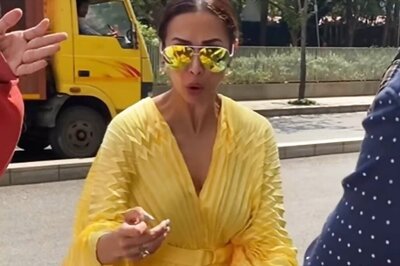
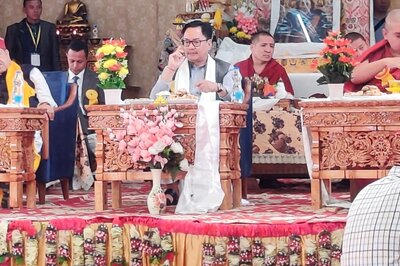
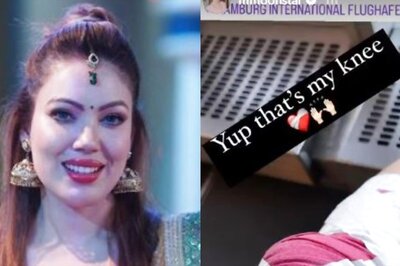
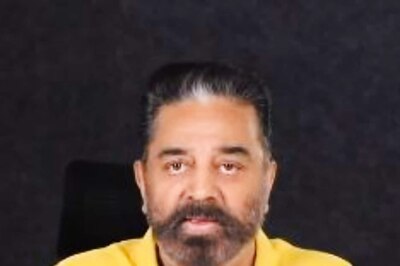

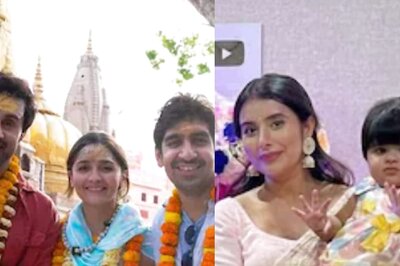
Comments
0 comment